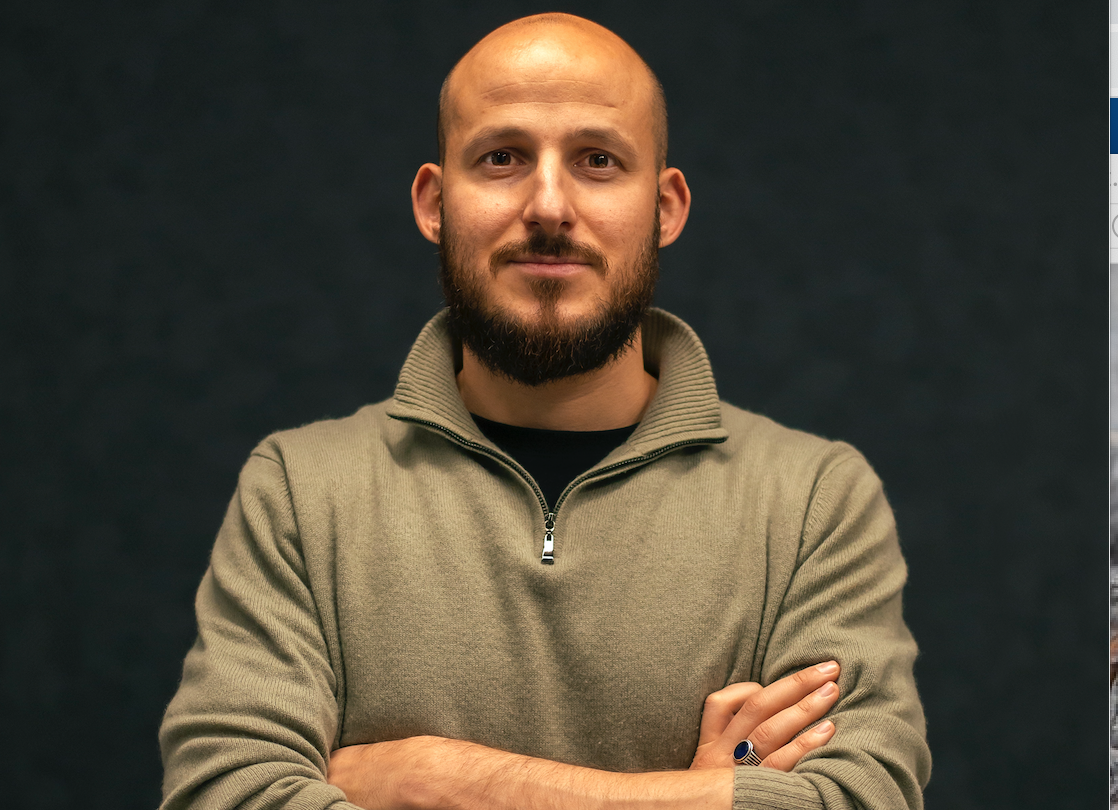Strategy
Venture Capital Begs For A New Model

For too long, the traditional venture capital model has been portrayed as the darling of the start-up economy, suggests this guest writer from the frontlines of disrupting the sector. He argues that more flexible liquidity, putting value over returns, and weaning the industry off its blinkered focus on finding the next Airbnb is a good start.
Lauded as the lifeblood of budding innovators and pioneers, traditional VC unlocks an abundance of growth and opportunity for enterprising tech companies ushering in ground-breaking change. Or so the conventional narrative goes, says Kevin Monserrat, CEO of London-based Consilience Ventures, described as a "new way of getting start-ups off the ground" which connect growth companies with capital and business expertise. Here Monserrat shares where he sees the current system of raising captial and intervening in company growth stifling founders and innovation, and the forces - from bias-removing technology to embracing a more social capital mindset - helping to level the playing field. In reality, he says that 95 per cent of venture capital-backed start-ups are not profitable, and 75 per cent will fail - never to return any cash to investors.
These are startling statistics, and a telling insight that big VC incumbents hope will never see the light of day, Monserrat says, elaborating below. The editors of this news service are pleased to share these comments and invite readers’ responses. The standard editorial disclaimers apply to external contributors’ copy. To reply, email tom.burroughes@wealthbriefing.com or jackie.bennion@clearviewpublishing.com
Three faults at the heart of the traditional VC
offering
Firstly, start-ups, investors and experts’ interests and agendas
are not aligned. Start-ups desire a high valuation and have
little incentive to share their most profound worries or pain
points with their backers. The investors meanwhile naturally seek
reduced risk and lower valuations, whilst the experts find
working in start-ups a story of long hours, low pay and high
risk.
Secondly, the process to raise capital is a massive distraction for founders, who can spend up to 60 per cent of their time on future funding rounds and face unwanted “strings attached” from VC firms. This lengthy and consuming process leaves little time for strategic growth.
Thirdly, the current model continues to value returns over the value companies offer society. Investment will find itself going into a profitable fintech company before a bio-tech company that can save lives; VC is blindly focussed on finding the next Airbnb or Uber rather than on sustainable investing.
Questioning the fundamentals of how start-up investment
operates
We must always remember that start-ups require effective ways of
raising capital, a robust and trusted network that provides
resources to grow a business and, most importantly, time.
Investment models of today should therefore set out to design a financial ecosystem that can provide a community for carefully selected start-ups, investors and experts. Much more should also be done to make venture capital a democratic and transparent enterprise, underpinned by technology to improve accessibility and efficiency.
Our model at Consilience Ventures, for examples, is based around a blockchain token - a tool to keep track of ownership between the community. These tokens are exchanged like shares in a company, either for cash or to pay consultants, creating the opportunity for liquidity for the hundreds of investors and start-ups.
Near-instant liquidity means that investors bear much less risk because they have greater control over their ability to realize returns, while companies themselves are able to raise more in the absence of illiquidity. And with the risk pooled into every start-up in the ecosystem, investment is more democratic and less risky than just putting all the money in a single company.
Cutting out bias and favoritism
Greater use of AI technology also improves the investment
decision process – firstly by making it more transparent, and
secondly by making it more democratic through the reduction of
human bias and favoritism.
All too often, those investing the greatest amount into a start-up will have the strongest influence. An alternative approach is to democratically vote for those start-ups to be invested in, with a community – comprising not just of investors but also of industry experts - underpinning the relationship between fund and start-up. In this sense, every stakeholder shares in the success of the fund, whether through their investment or expertise.
Be patient
Finally, rather than looking for a quick buck and a simple exit,
the VC community can work to place a greater focus on both
sustainable and more patient investing. The ‘instant return
seekers’, as I like to call them, have the potential to cripple
start-ups from the inside. They import toxicity into the company
by failing to understand the nature of any setback, which will
inevitably occur, and are simply profit driven. Consequentially,
such investors begin to fight with the founders and instead of
working together constructively to solve a problem they argue
over it. This toxic environment can kill a start-up.
By offering a community and network-based structure - in which capital and returns can be democratically raised and paid, in which expertise can be duly rewarded, and in which the societal value of a company is patiently given as much consideration as the prospect of a quick profit – venture capital can transform itself into a more level playing field, for start-ups and investors alike.